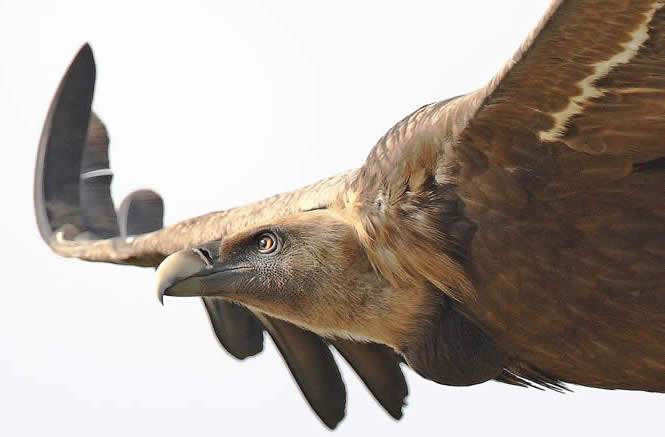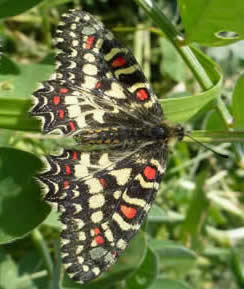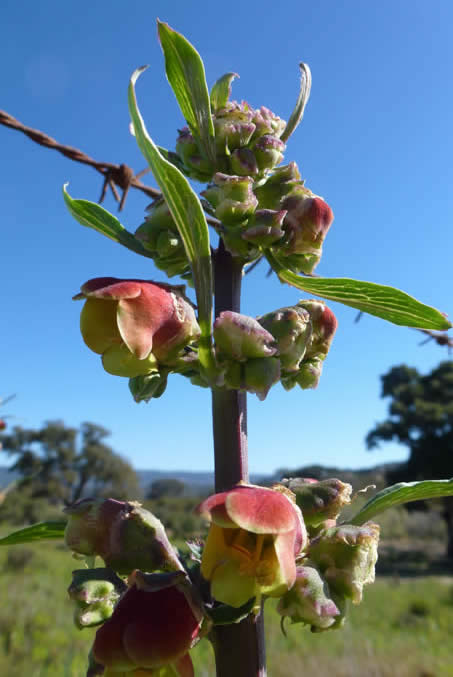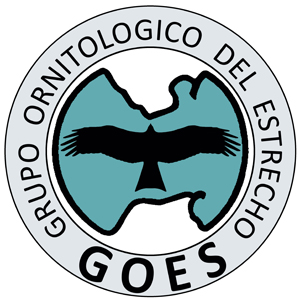Tarifa and Gibraltar 9 – 16 March 2015
Early spring in Andalucia
Within sight of the Strait of Gibraltar and north Africa, the winter in southern Spain is mild and spring starts early. Late wintering birds mingle with early migrants, and early flowers include regional specialities. Temperatures can be mild, adding to the easy conditions for a relaxed, early season wildlife holiday.
Wetlands – especially La Janda – support good numbers of wintering, passage and breeding birds. Among the waterbirds are herons, egrets, spoonbills and glossy ibises. Coastal birds include Audouin’s and slender-billed gulls, various waders and there’s often a Caspian tern with the Sandwich terns. Ducks can include the threatened white-headed duck, here in its core area in western Europe.
Another threatened bird, one of the rarest in the world, is the northern bald ibis, for many years reduced to one colony in Morocco and a few elusive birds in the Middle East. This area has a reintroduction programme that is going well, and this iconic species can be surprisingly easy to see.


Bald ibis, griffon vulture (Steve Fletcher), Audouin's gull on Tarifa beach.
Northern European robins, song thrushes and black redstarts overwinter here, alongside any number of blackcaps and chiffchaffs. Farmland supports winter finch flocks, buntings and larks. Interesting residents include firecrests, shorttoed treecreepers, crested and Thekla larks.
Signs of spring will include the first martins and swallows, including red-rumped. Birds of prey aren’t moving on the huge scale of the autumn migration, but there should be a steady trickle of griffon vultures, along with black kites, eagles and lesser kestrels. White storks increasingly overwinter in the Iberian peninsula, but are also early migrants. Many hoopoes also stay year-round, and great spotted cuckoos will be arriving.
We stay at Huerta Grande, situated inland from Tarifa, within the southern tip of the Natural Park of Los Alcornocales (the cork oak). Cork oak woodland is one of the key habitats of the area, and our base is in a narrow gorge or ‘canuto’, the year-round moisture conserving a sub-tropical habitat unique in Europe.
Slender-billed gulls, Spanish festoon, Scrophularia sambucifolia, northern bald ibis. More photos from the holiday in 2015 on Facebook here.
Gibraltar
We will also visit the British territory of Gibraltar. It’s famous for its Barbary macaques, the last wild population in Europe. By contrast, Barbary partridges are usually elusive; blue rock thrush and peregrine are more likely. The Rock is botanically rich, with local specialities including rock marigold, toothed lavender, Tangier fennel and the big blue cones of Scilla peruviana.
The area is known for its cetaceans and,
weather permitting, the holiday will include a
boat trip into Gibraltar Bay or the Strait to look
for these. Dolphins and long-finned pilot
whales are the likeliest species.
From the top of the Rock of Gibraltar, September 2011.
Flowers
Many flowers have adapted to take advantage of the mild winter, including asphodels, squills, Barbary nut irises, early Ophrys orchids, paperwhite narcissi and the strange-looking friar’s cowl. Local species include Andalusian rhododendron Rhododendron ponticum baeticum and Andalusian birthwort. It may not be in flower yet, but we will seek out Drosophyllum lusitanicum, an unusual and very local carnivorous flower that is related to sundews.




Some flowers from Tarifa/Gibraltar: rock marigold Calendula suffruticosa, Centaurea pullata, mandrake, Fedia cornucopae. More photos (Feb 2013) on Facebook.
Other wildlife
Our base at Huerta Grande has stripeless tree frogs and Moorish geckos. Andalucian wall lizard is a local speciality. Early butterflies could include Spanish festoon, Cleopatra and the monarchs resident in the area, plus migrants such as clouded yellow, Moroccan orange-tip, painted lady and green-striped white.
Holiday details
Price: £1,430 per person in twin room for a full week (Monday to Monday)
Single room supplement: £100
En suite facilities
Flights: Scheduled easyJet flights Gatwick to Gibraltar, or Monarch flights Manchester to Gibraltar.
Deposit: £300
Maximum number (two leaders): 14
Leaders
Frank (Francisco) Vargas comes from near the Strait of Gibraltar and his family's farm is there still. For several years he was the RSPB's Farmland Bird Recovery Officer in Essex, and is now working for the Hellenic Ornithological Society in Athens.
Chris Durdin is the driving force behind Honeyguide, running holidays since 1991. For many years he combined this with his work for the RSPB in Eastern England, often the Society’s spokesman, but has been concentrating on Honeyguide full-time since 2009, and has written a book about Norfolk’s cranes. He’s also a qualified soccer coach, for one son’s under 12 year group.
Conservation project
SUPPORTING |
The Ornithological Group of Estrecho (GOES), formed in 1982, studies and protects wild birds and their habitats. It operates a ringing station and here and elsewhere more than 90,000 birds have been ringed since 1983, both resident species such as white storks and the many migrants that rely on this route to and from Africa. Other work includes publications and school visits. More on GOES here. |



Common dolphins; Cetti's warbler after ringing; Barbary macaque — all from our Tarifa & Gibraltar holiday, February 2013.
More photos from Feb 2013 on Facebook.

















